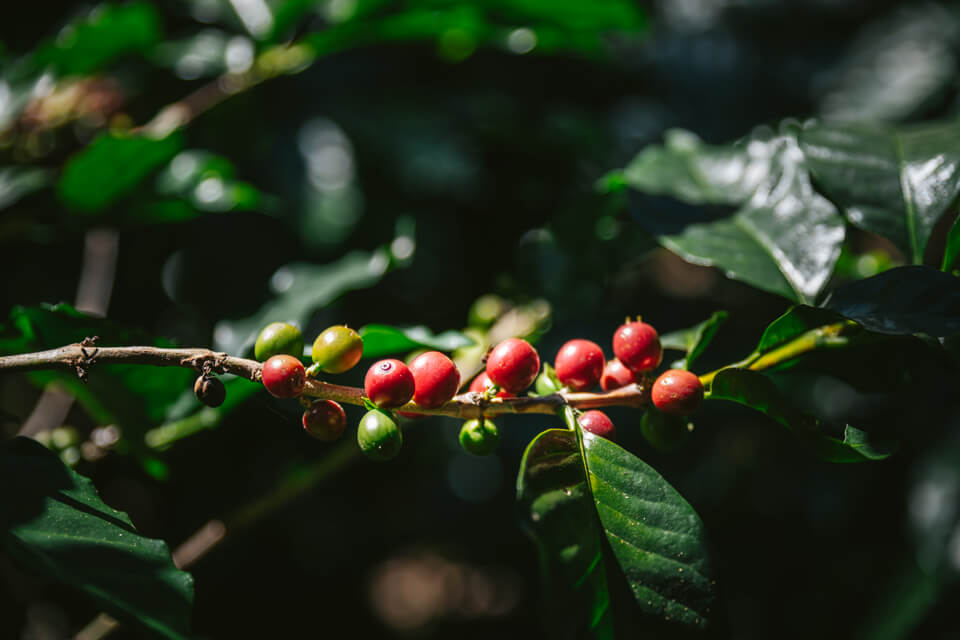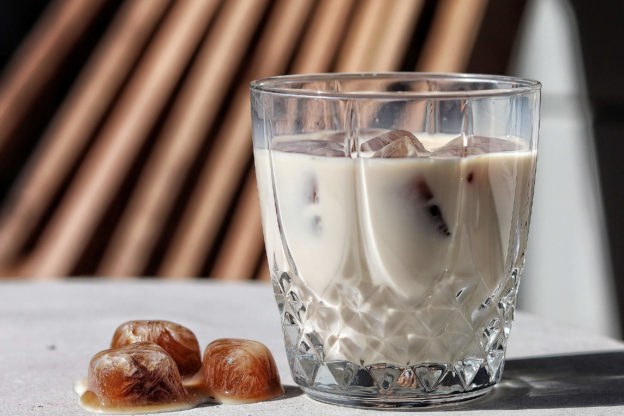How to enjoy coffee
Coffee plays an important role both in everyday life and on more festive occasions. Coffee can be enjoyed in many different ways and it creates well-being and happiness when enjoyed alone or with friends. Meira coffees are made to be enjoyed peacefully. Whether your favorite is black coffee, a latte or an espresso, coffee shared with a friend is happiness tasted and time well spent.
There is coffee, and good coffee
There is a crucial difference between coffee and good coffee. Making good coffee is a precious thing and for real coffee lovers it is almost a ceremony. Filter coffee is an absolute favorite of many coffee lovers, but coffee can also be enjoyed prepared in other ways: pan coffee on the stove and in a press pan, with a moka pot or a separate espresso machine. Keep these rules in mind when making coffee, whichever method you are using.
1. Always use clean utensils
2. Use cold, fresh water
3. Serve freshly made coffee
4. Do not mix old and fresh coffee together
Coffee varieties
Coffee is grown in more than sixty countries around the globe. However, different coffee varieties require different conditions to thrive. Arabica thrives in temperate climate, wheras robusta is very resistant to heat. Coffea arabica and coffea robusta are the most important coffee varieties commercially.

Sophisticated Arabica
Coffea arabica, which is considered to be the best coffee variety, is native to Ethiopia. 70-80% of all coffee produced in the world is arabica. Arabica is used in almost all the best coffee qualities in the world. The taste of Arabica is soft and toned.

Vigorous Robusta
Coffea robusta is native to the Democratic Republic of Congo. The variety grows preferably in tropical lowlands and is therefore widely cultivated in Africa and Asia. Compared to arabica, Robusta has a stronger and bitter taste. Due to its strength, Robusta is often used especially as a base for espresso coffees. The caffeine content of Robusta is almost double that of sophisticated Arabica.
This is where Meira's coffee comes from
The main coffee cultivating areas are South and Central America and the tropical zones of Africa and Asia. For Meira coffees, the best possible raw materials are chosen from all over the coffee-growing world. Choosing the right coffee quality is important in building the perfect coffee blend.

Discover the origins of Meira coffee
Do you know where coffee is grown? The main coffee growing areas are South and Central America and the tropical zones of Africa and Asia that surround the globe on both sides of the equator. Although coffee is currently grown in dozens of different countries, Africa is the original home of coffee. In Africa, coffee is grown in Kenya, Ethiopia and the Democratic Republic of Congo, among others.
Discover the origins of Meira coffee ›
The journey of coffee from bean to cup
Do you know where the steaming hot cup of coffee in front of you really comes from? On these pages, you will find out what kind of journey coffee makes before reaching the store shelves. Start your tasty journey here!
Read about the journey of coffee ›
The long history of coffee
Coffee is one of the oldest stimulants still used by people around the world. Commercial cultivation of coffee began in the 15th century on the Arabian Peninsula, but its history goes much further.
The fascinating history of coffee ›
The world of specialty coffees
Espresso-based specialty coffees are one of the cornerstones of the coffee culture. Originating from Southern Europe, these coffee drinks have conquered virtually the entire world of coffee drinkers.
What are specialty coffees? ›Specialty coffees made at home
Segafredo Espressos are intended for home-made espressos. In addition to the coffee machine, drinks can conveniently be prepared with a moka pot on a stove. For delicious coffee, check out the tips by our professional barista:
Feel free to try different roast levels and different product families. However, keep the rule of thumb for filter coffee in mind: 6 g coffee / 1 dl water. If you want stronger coffee, do not increase the amount of coffee. By increasing the amount of coffee, the coffee becomes over-extracted and bitter, not stronger.
















